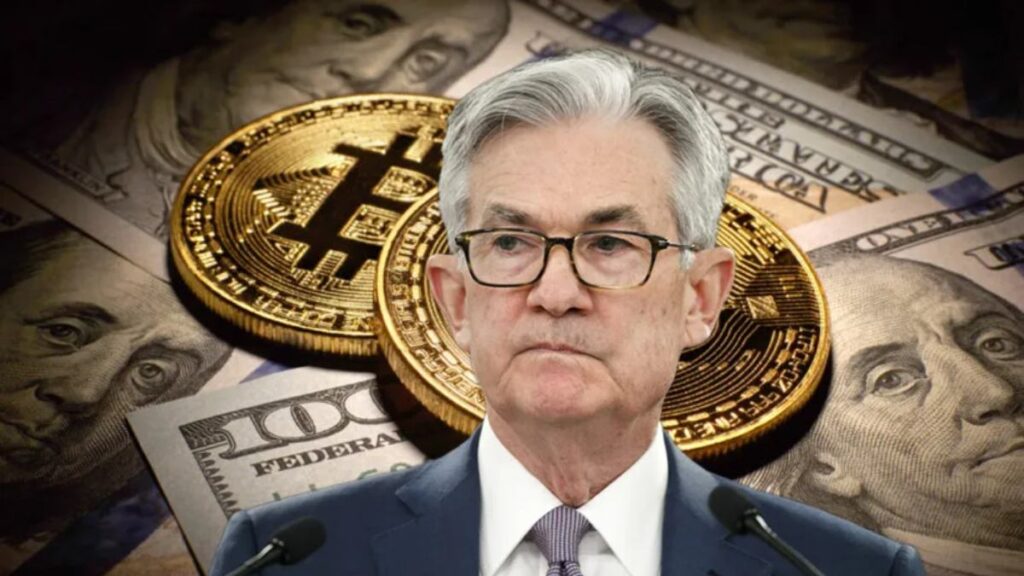TL;DR
- The crypto market faces a pivotal moment as Federal Reserve Chair Jerome Powell delivers his economic outlook.
- Investors await signals on whether Bitcoin, Ethereum, and other digital assets will act as a safe haven or remain high-risk investments.
- Powell’s stance on interest rates, inflation, and economic growth could directly influence liquidity, dollar strength, and speculative appetite, shaping crypto trends for the upcoming months.
The crypto ecosystem holds its breath as Jerome Powell takes the stage. Last weekend, a sudden sell-off triggered by fears of U.S.-China trade tensions wiped out $19 billion across digital assets, highlighting the market’s sensitivity to macroeconomic signals. Bitcoin has since rebounded to around $114,000, but caution remains. Excessive leverage has been reduced, and derivative traders display bearish tendencies, reflected in negative funding rates. Powell’s comments are now seen not just as guidance for Wall Street, but as a potential catalyst for crypto price trends. Investors are closely monitoring not only macroeconomic indicators but also subtle shifts in Powell’s tone, which could influence trader psychology and short-term volatility across both major coins and smaller altcoins.
Potential Boost from Dovish Signals
If Powell adopts a dovish stance, acknowledging economic slowdown and confirming anticipated interest rate cuts, crypto could see renewed strength. Lower rates reduce borrowing costs, increasing liquidity and pushing some capital into riskier assets like Bitcoin, Ethereum, and altcoins. A softer policy also tends to weaken the dollar, benefiting BTC due to its inverse correlation with the DXY index. Furthermore, a tolerance for slightly higher inflation could reinforce Bitcoin’s role as a decentralized store of value, supporting the concept of digital gold in a changing monetary landscape. Analysts suggest that positive signals could attract new institutional investors, further strengthening market confidence and trading volumes.
Risks of a Hawkish Approach
Conversely, a hawkish tone emphasizing inflation control and prolonged higher rates could trigger further losses in crypto. Investors may shift toward U.S. Treasury bonds, seeking guaranteed returns and safety, while the dollar strengthens, placing direct downward pressure on Bitcoin. Such a scenario would confirm that most of the market still treats cryptocurrencies as high-volatility tech-like assets, selling during macro uncertainty despite the digital gold argument.

Looking Ahead
Powell’s speech is more than macroeconomic commentary; it represents a referendum on crypto maturity. The next moves of Bitcoin and Ethereum will reflect both interest rate expectations and investor perception of risk. Whether cryptocurrencies can decouple from traditional markets and behave like gold or continue to track broader risk assets will largely define investment strategies for the sector in the months ahead.










